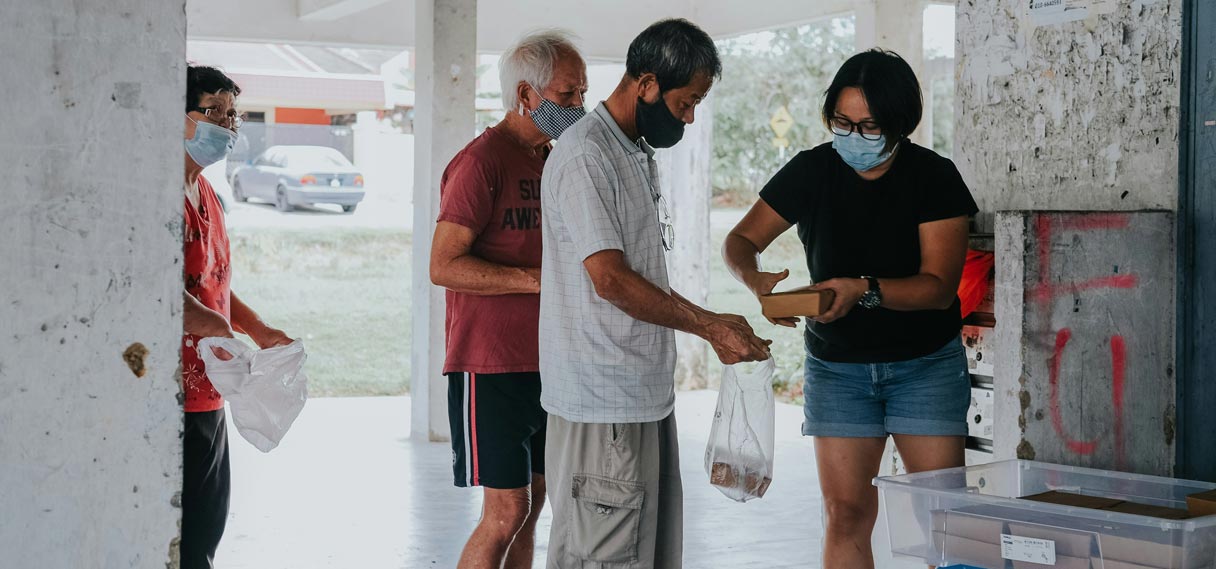
SIX ways you can help meet the food needs of the hungry in your community:
Making a difference in your community often starts with small acts of kindness, like helping to feed those in need. Whether you’re donating food or lending a hand at a local shelter, there are plenty of ways you can pitch in. Here are six friendly and easy ways to help meet the food needs of the hungry in your neighborhood.
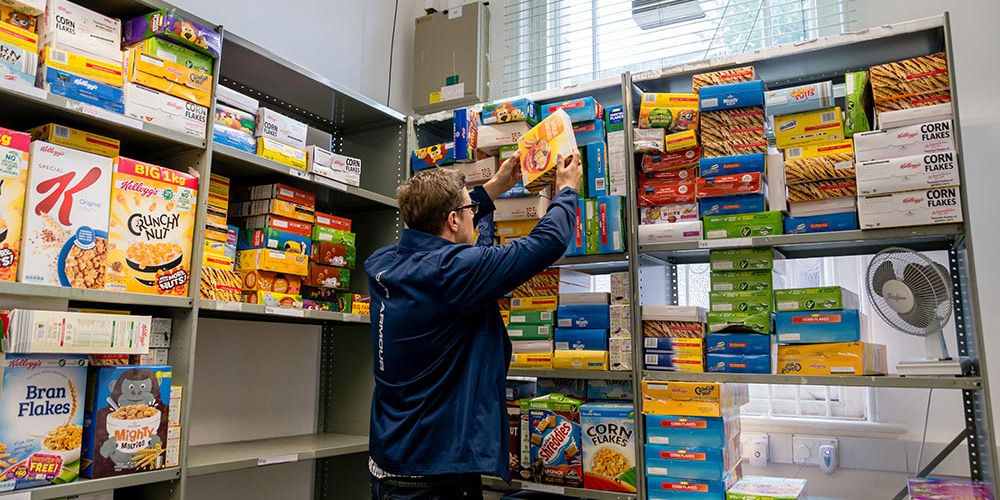
1.
VOLUNTEER AT A LOCAL FOOD BANK
In the United States and Canada many charitable organizations and church groups have stepped up over the years to provide critical support to those who cannot get the foods they need for a healthy life.
In the US a food bank is a warehouse-like facility for receiving food donations from grocery stores, restaurants, farmer’s markets and produce distributors. They sort, inspect, and re-package these foods. The food bank then distributes the foods to the front-line groups that in turn make them available directly to those in need. The front-line groups are soup kitchens, homeless shelters, senior care facilities, and “food pantries”. Food pantries are locations that stock a supply of foods for those in need to come by and pick up. Food pantries are often found in church buildings.
In Canada, food bank also describes a place that provides foods directly to those in need. Some Canadian food banks may be a blend of a US food pantry and a soup kitchen. On the other hand, some operate like a US food bank; they are usually called “food bank hubs”.
While food banks are in place and are doing a wonderful job, they rely not only on donated foods and household supplies, but also donated time. Volunteers can be individuals with a passion for love of neighbor (Rom. 13:9-10), or who see the poor and hungry as the least of Jesus’ brothers (Matt. 25:34-35). Volunteering doesn’t need to be done solo – get together friends and do it together as a group. Participating in acts of kindness together can be a wonderful experience which delights our Lord.
The First Step
Find a local food bank. Find their website or otherwise contact them. Learn about what they do and what their needs are for volunteers. Ask the chosen food bank what the work will be like. Typical tasks include sorting donated foods, inspecting items for expiration dates and damaged goods, etc.
Now you can consider giving of your time. Food banks probably have a place on their website where you can volunteer, allowing you to choose a day and time that best fits with the other things you need to do. They will need you to sign up for a particular day and time to be there so they can manage the work better. Or perhaps they have a volunteer coordinator you can call. Maybe you can commit to one day a week, or maybe you can sign up now and then as your time permits. Perhaps your family can join you, but be sure to check on whether children are allowed.
Another enjoyable option is to organize a group within the ecclesia to go all at the same time. Many such charities are set up to welcome small groups and make sure that not too many show up at one time.
The Need is Real
The US Department of Agriculture has created a term “very food insecure” to cover the food needs that vary from the homeless to those who experience a lack of food occasionally during the year. The latter may be families with children or the elderly on very limited incomes. The types of expenses that can happen, that mean families are unable to buy enough food, include major car repairs, medical expenses including high cost prescriptions, huge rent increases, etc.. The number of people who are food insecure is, of course, an estimate. In the United States the US Department of Agriculture estimates the number of “very food insecure” individuals to be about 14 million. Many are children.
Finding Opportunities in the United States
One of the major hunger-relief charities in the US is Feeding America. It operates about 200 food banks; locations can be found here. Each location has page where you can signup to volunteer your time (and of course, to donate). There are, of course, many other food banks in the US; a Google search will find one close to your location.
One example of Feeding America’s work is a built-up, four county area of SE Florida. The total population of these four counties is 6.27 million. Last year Feeding America’s food bank serving these counties, through their partner agencies, provided 706,000 individuals with additional needed food, of which 236, 000 were children and 100,000 were elderly. These numbers represent 11% of the population.
Here’s a list of food pantries in the US.
Finding Opportunities in Canada
In Canada, food banks are more directly involved with distributing food to the needy than are “food banks” in the US. Food Banks Canada has a directory, listing almost 650 of these independent food banks. About 130 of these are in southern Ontario alone. As an example of Canadian needs, the site reports 1.1 million visits to food banks in the month of March 2019. That’s 3% of all Canadians in just that one month, with no doubt each visit representing a number of others who also needed food.
Some of the food banks in Canada are quite similar to the food banks in the US, collecting food supplies and providing them to the more direct-to-the-hungry food banks. One example is the Hamilton Foodshare, which provides food supplies to 12 local area food banks and hot meal programs.

2.
AFTERNOON OF A THOUSAND LUNCHES
Well, not literally. But lots of them!
There might be a charity near you that has a need for prepared sandwiches to hand out, likely to the homeless. It may take some effort and creative thinking to find them, relentless internet or ‘maps’ searching.
If you find a place that can use them, then a Saturday or Sunday afternoon can be a delightful time with many from your ecclesia, where each one is preparing sandwiches while enjoying conversation with each other. Maybe your time together can begin with a shared lunch.
Peanut butter sandwiches have the strong advantage of long shelf life, without a need for refrigeration. Package each one in a sandwich-size zip lock bag. What you’ll need:
- Sliced bread
- Peanut butter
- Sandwich bags
- Knives
How many sandwiches can you make in half an hour? How many bread slices did you use? How much peanut butter? Share your ideas and experiences!
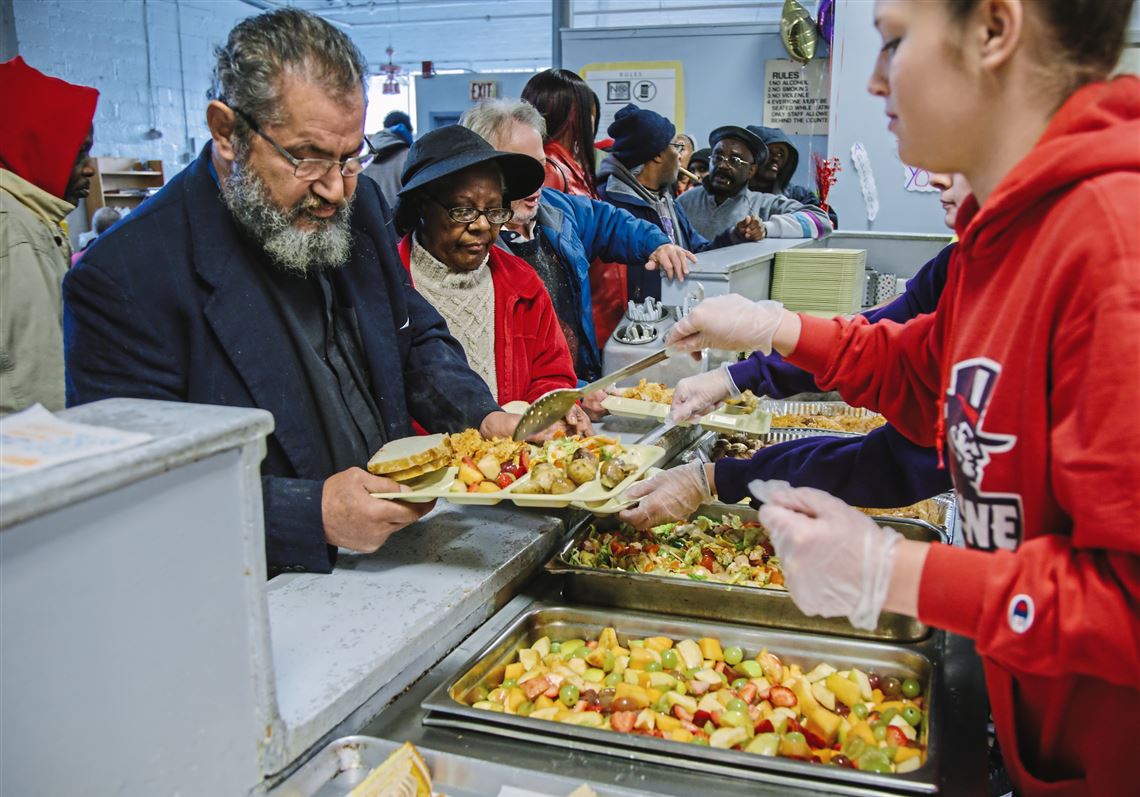
3.
VOLUNTEER AT A SOUP KITCHEN
Soup kitchens serve the homeless with quality meals in many communities, especially medium to large cities.
The food is usually donated, often supplied by local food banks or grocery stores. A soup kitchen may offer meals at both lunch and dinner time or just once a day. Volunteers are typically needed to work in a cafeteria-like line and serve the various dishes to those who come in. Volunteers to cook the meals are often not needed but it’s always worth asking!
If you’re looking for other ways to help, some soup kitchens could use help making small bags of hygiene supplies to hand out while others prepare meals-to-go and need drivers to deliver meals to shut-ins (like Meals-on-Wheels).
To get started, simply locate a soup kitchen nearby you’d like to volunteer at. Find their webpage or other contact information. Learn about them on their website or call their volunteer coordinator if they have one. Volunteer as an individual or organize a small group of brothers and sisters to go together.
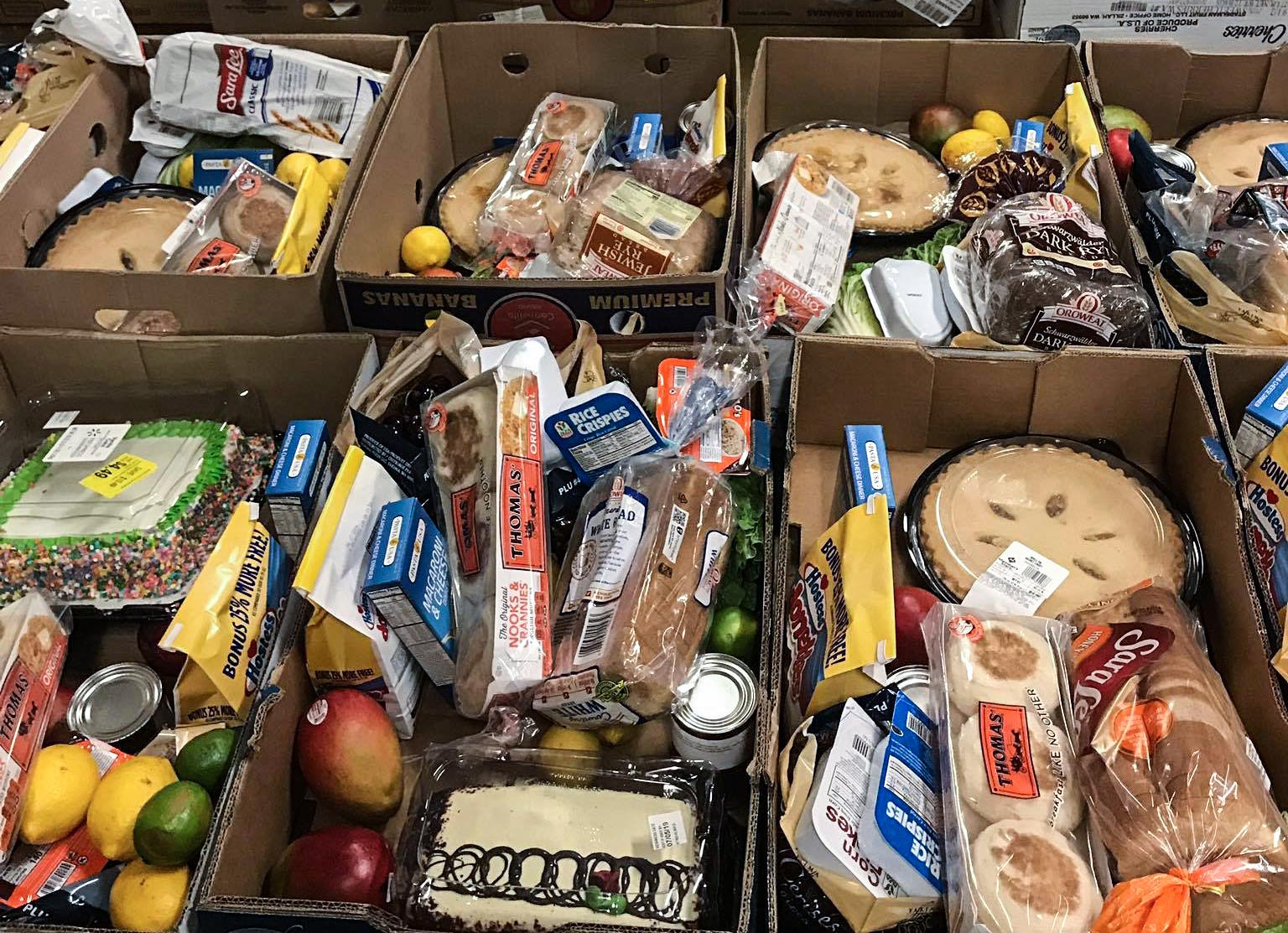
4.
ECCLESIAL FOOD COLLECTION
An easy way for many of your ecclesial members, even children, to become active in compassion toward the hungry in your area is to set up a regular process for collecting foods for donation to a local charity.
There could be a particular Sunday each month for bringing in the foods, or even just once a quarter to ensure excitement about the project. You also could just have a location for putting the foods available always, every Sunday.
FIRST STEPS
- Secure approval of your arranging board
- Identify the charity you will take the food to. Obtain their advice on what they need: non-perishables only, or can they use fresh breads and produce?
Then you’re ready to begin. Announce the project well in advance, including details about what type of foods to bring and what types not to bring. Encourage everyone, maybe even get some other brothers and sisters, or Sunday school students to help with such tasks as loading a car for delivery of the food or being the one who makes the delivery.
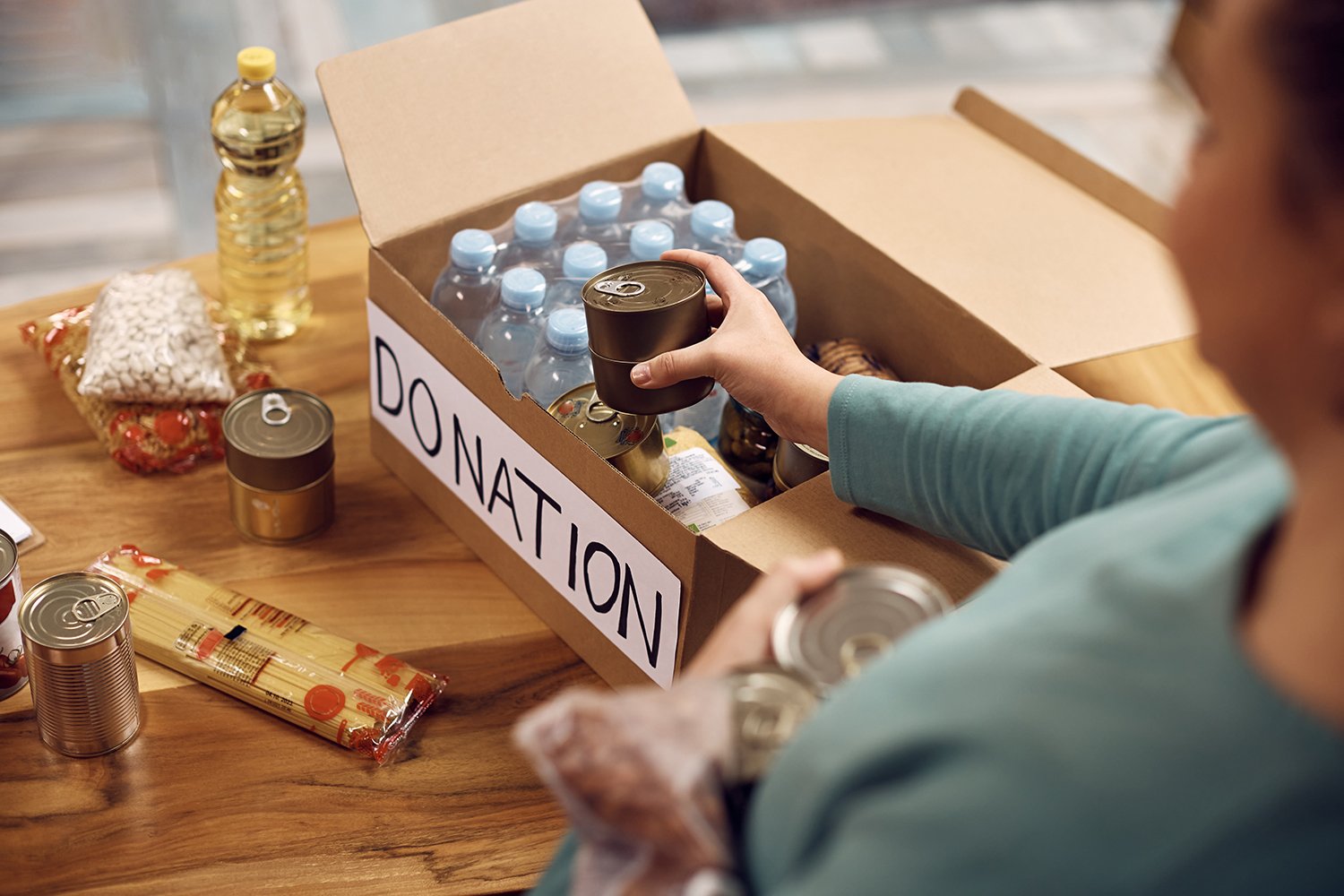
5.
START AN ECCLESIAL FOOD PANTRY
Does your ecclesia have brothers and sisters, families, with limited incomes who might need occasional, or even regular, support to feed themselves?
If so, a pantry stocked with an abundant supply of non-perishable foods might be a big help to them as well as demonstrate you compassion and understanding.
Consider pastas, bottled sauces, beans, rice, canned foods of all sorts, anything that has a long shelf life*. Don’t forget paper products as well, such as women’s hygiene supplies, paper towels, bathroom tissue, even zip-lock bags.
Be sure to set things up so that those that need to get supplies from the pantry can do so without embarrassment and with privacy. Make the supplies readily accessible to all whenever the ecclesia is open.
Depending on the size and setup of your ecclesia, you may need arranging board approval along with forming a small team of volunteers to occassionally take inventory. The team can then do grocery store trips to replenish the pantry, or, better yet, list the needs on post-it notes and tack them to a bulletin board so lots of the members can contribute to the effort.
* Shelf life data on food products us not what some of us think it is and our misunderstandings can lead us to discard it way too soon. In the US, only baby food has government-mandated expiration dates. All other dates are usually called “Best By” dates and are the manufacture’s conservative guess about when the food will still be at peak quality. Most remain nutritious and safe to eat well beyond that date. So you need to make sure the foods donated to your pantry are not discarded too soon, nor too late, by educating whomever will be checking the supplies on hand.
Here are some guidelines from one of the US’s leading food bank organizations, Feeding America, for how long food remains good beyond the Best By date:
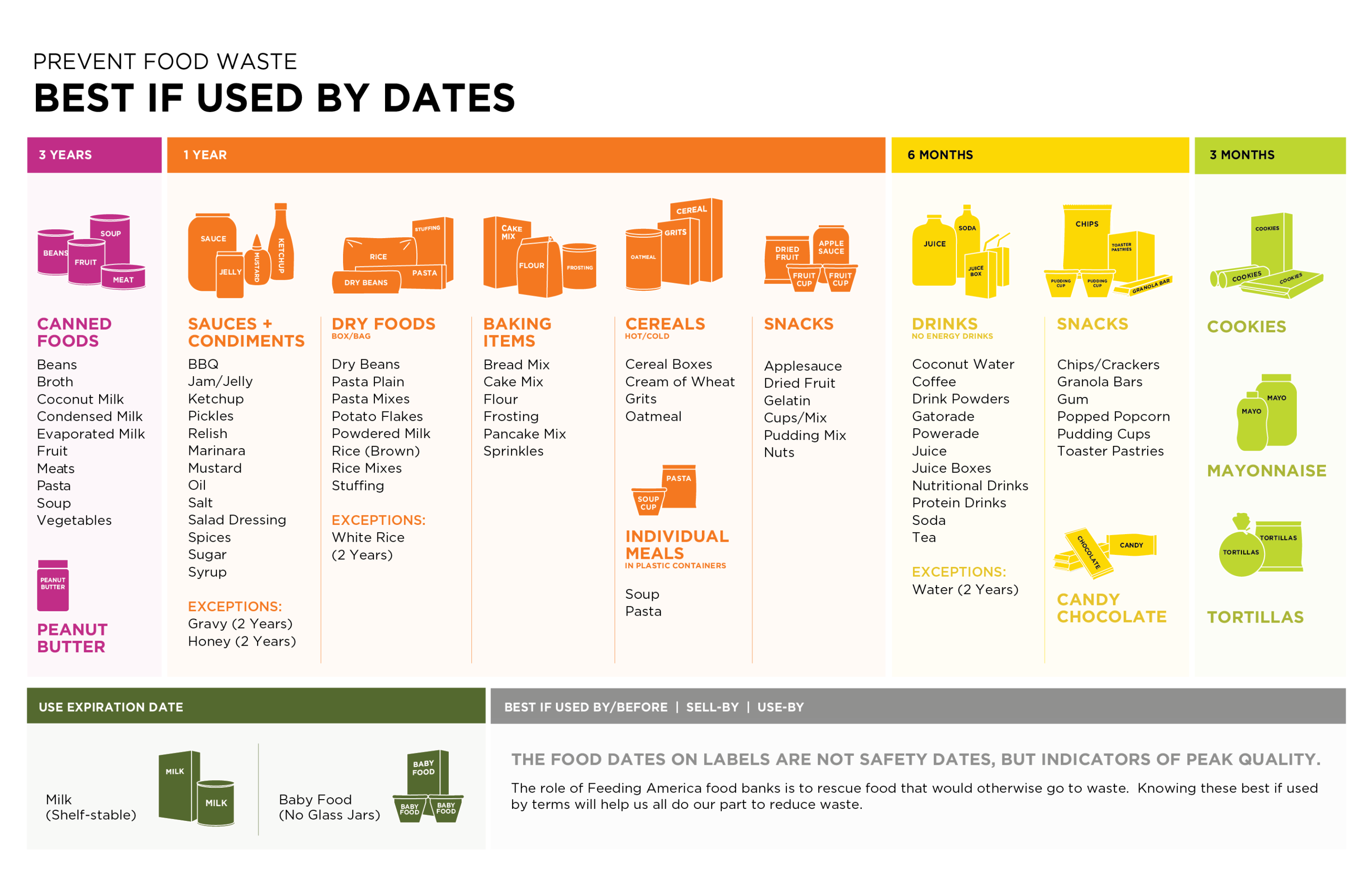 Source: https://feedingsouthflorida.org/food-dating-guideline/
Source: https://feedingsouthflorida.org/food-dating-guideline/
6.
REGISTER FOR FOOD4FRIENDS!
Register for the Food4Friends initiative today and help feed the hungry. The grocery grant, focused on families (although open to everyone!), is the main ingredient in Food4Friends. The Garden will provide a cash grant* of $100USD ($135CAD) to Christadelphians to purchase and donate food to a local charity. Involving our children in this initiative shows them they too can make a positive difference in the lives of others. This is an important step in developing a spirit of love and compassion that will last a lifetime.
*Available to Christadelphians only

